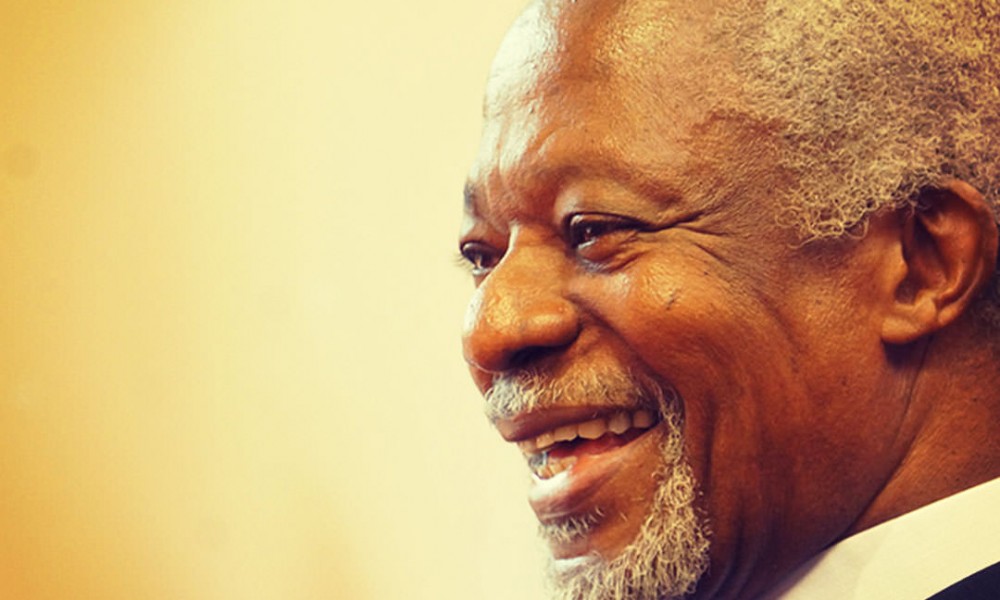How do you answer, “Who do you write for?”

Like most questions about freelace writing and journalism, the real answer here is, “It depends.”
When sending a query to a new-to-me editor, typically my bio line lists a few credits tailored to the publication. If, say, it’s a enviro/science story, I’ll mention Discover and Ensia; architecture editors find out about Dwell; education editors are keen to meet somebody who has written for NEA Today and AACC.
Location is often as significant as subject matter. USA Today, for example, is the largest-circulating newspaper in the US, but it’s not that well known in some countries. Likewise, Cape Argus is a significant clip in South Africa, but I kid you not, some of my US editors think Cape Town is on Cape Cod.
When the question comes up informally, from somebody who is asking right on the tails of “What’s your name?” and “What do you do?,” I typically mention a few general interest publication names. The follow up, “I also write for some niche publications that you’ve probably never heard of,” is typically the lead-in to discussing current projects.
This year, I’ve done a number of stories about agricultural and food thought leaders for IFT’s new niche site, FutureFood2050. Their current series focuses on food security and nutrition in Africa; I contributed both a Q&A with Nobel Prize Winner Kofi Annan as well as a piece about Kenyan nutrition pioneer Ruth Oniang’o.
Quite frankly, these kinds of agricultural stories are a tough sell to mainstream publications, despite the fascination with the story behind our food and its nutritional density. Connecting with niche publications that allow–encourage–breadth and depth is an essential part of my freelance mix. And it’s the part I’ll most likely carry on about if you ask me who I write for.
 Download a free copy of “5 Proven Steps to Writing Queries that Sell.” I hate spam and will never share your info.
Download a free copy of “5 Proven Steps to Writing Queries that Sell.” I hate spam and will never share your info.